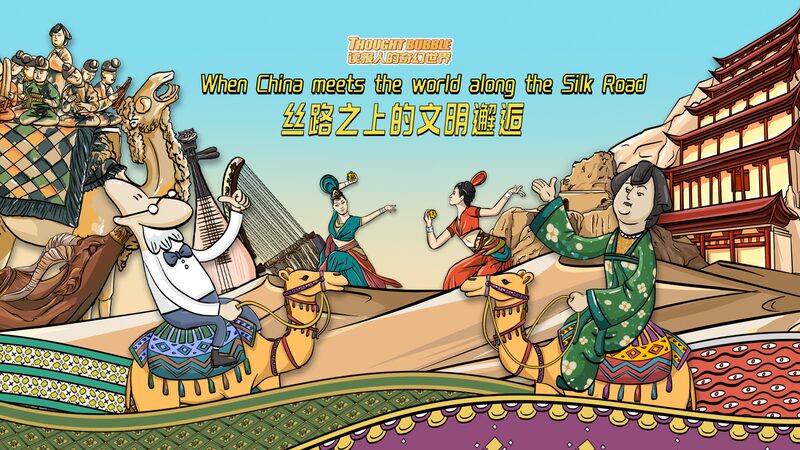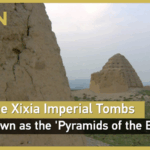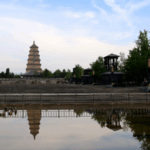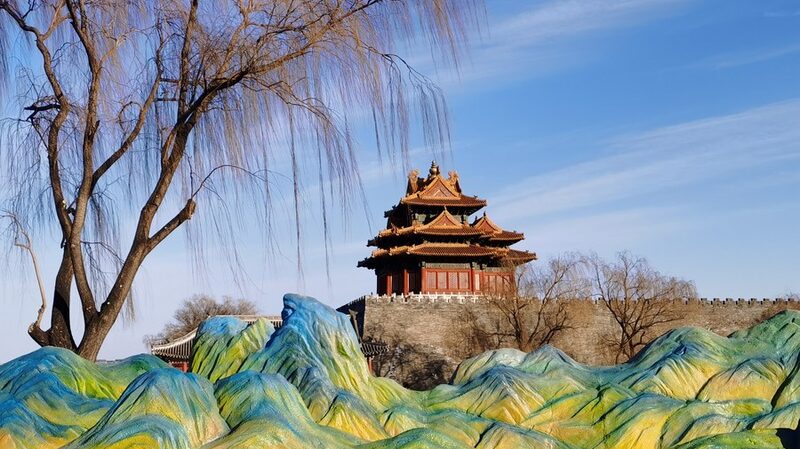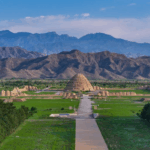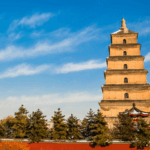China's recognition as guardian of 60 UNESCO World Heritage sites – including the newly inscribed Xixia Imperial Tombs – reveals a civilization preserving its past while shaping global cultural dialogue. This milestone underscores four decades of systematic conservation efforts blending ancient wisdom with modern governance.
The Xixia tombs, a 1,000-year-old network of mausoleums in northwest China, exemplify Silk Road cultural fusion. Their unique architecture merges Tang and Song dynasty styles with Buddhist elements and Tangut traditions, standing as stone-carved testimony to cross-continental exchanges that shaped Eurasian history.
From Great Wall to Digital Preservation
Since ratifying the World Heritage Convention in 1985, China has developed one of the world's most comprehensive conservation systems. Early listings like the Great Wall and Terracotta Army paved the way for today's 7,000+ annual heritage activities. The 2024 Cultural and Natural Heritage Day alone saw nationwide workshops, virtual tours, and restoration demonstrations under the theme 'Revitalizing Heritage for New Brilliance.'
Legal Shields and Financial Foundations
China's heritage protection framework combines rigorous legislation with substantial investment. The 1982 Cultural Relics Protection Law has expanded into 400+ local regulations, supported by 6.38 billion yuan ($880 million) in 2024 conservation funding. This infrastructure enables everything from AI-powered artifact analysis to large-scale site restorations while combating illegal excavations through 2,160 public interest litigation cases filed in early 2025.
As China continues balancing urban development with historical preservation, its approach offers insights for nations seeking to protect cultural identity in the modern age. With 60 sites now spanning imperial palaces, ancient trade routes, and ecological wonders, these protected treasures form living bridges connecting China's past to humanity's shared future.
Reference(s):
From Xixia to world: Chinese wisdom behind 60 UNESCO heritage sites
cgtn.com


